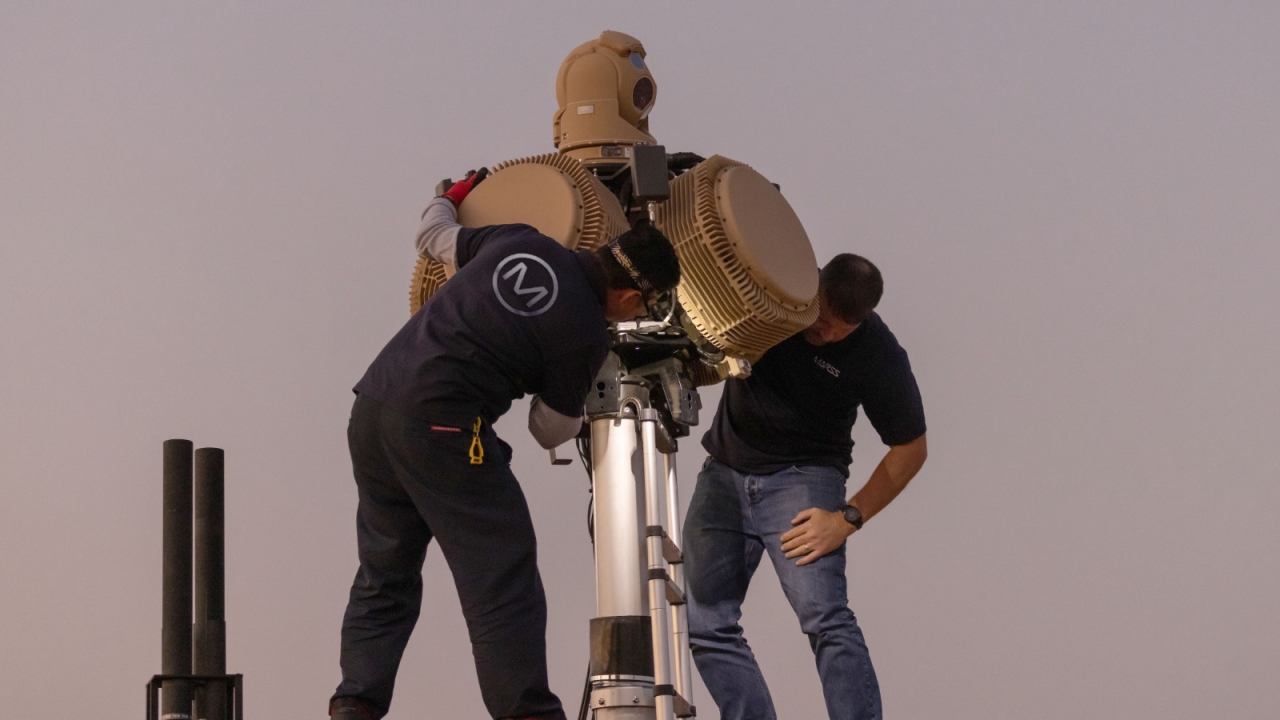An air arm with five decades of pedigree

It was initially equipped with six Morane-Saulnier MS500 Criquets, three Max Holste MH.1521 Broussard transport aircraft, two Beech E50 Twin Bonanzas, and single examples of the de Havilland DH114 Heron and
The new force also inherited a number of well-developed airfields from the colonial French forces and would eventually take over three even more modern bases built by the
The government of Mohammed V asked the US Air Force to pull out of its bases in Morocco following the American intervention in Lebanon in 1958 . Agreement was reached in December 1959, and the bases closed in 1963.
The Aviation Royale Chérifienne changed its name to the Force Aérienne Royale Marocaine (Royal Moroccan Air Force) in 1961, and invested in 24 Fouga Magister jet training aircraft. The growing rift with
But the
The first F-5A squadron (F-5) was dissolved after the coup of August 16 1972, some of its pilots having been involved in an attempt to shoot down the Royal Air Maroc Boeing 727 carrying the king back from a visit to
The Moroccan F-5As saw action in the 1973 Yom Kippur war; one squadron deploying to
The long running war in Western Sahara began in 1974, when Spain finally withdrew from what had been Spanish Sahara, and the Polisario (Frente Popular de Liberación de Saguía el Hamra y Río de Oro) guerrilla movement resisted Moroccan and Mauritanian claims over the territory, backed by Algeria.
This conflict has shaped the posture and procurement of the RMAF, not least by the development of a robust air-to-air refuelling capability to support fighter bomber operations deep in the vast wastes of the Sahara desert, and by the growing importance of the air base at Laayoune, the largest city in Western Sahara and capital of the Moroccan region of Laâyoune-Boujdour-Sakia El Hamra (though the city is also claimed by the Polisario-backed Sahrawi Arab Democratic Republic as its capital!)
Today, the Royal Moroccan Air Force consists of five main Wings. Fighters are based at Sidi Slimane (Mirage F1) and
A modernisation programme is now under way across the air force, with legacy types like the Mirage F1 and F-5 undergoing upgrade programmes and some major procurements bringing new aircraft types into service. The ageing C-130 Hercules is being augmented by CASA CN235s, while the training machine is being recapitalised, with Beech T-6Bs about to replace the T-34C and T-37, and with Chinese K-8 trainers apparently ordered to replace the Alpha Jet.
But most important is the recent order for 24 Lockheed Martin Block 52 F-16C/Ds, which will augment and eventually replace the legacy fighter fleet. Four examples of the Goodrich Corporation DB-110 electro-optical airborne reconnaissance system (already in use by Polish and Greek F-16s) will be acquired to equip the new F-16s, together with appropriate data links and ground stations, allowing them to take on an all-weather real-time reconnaissance role. The F-16 was selected after a long evaluation against the Dassault Rafale.
The Royal Moroccan Navy’s infant naval air arm, established in 2004, has a trio of AS565MB Panther helicopters, and these are based at
The Escadron Aerien Gendarmerie Royal (Royal Police Squadron) operates detachments at several airfields, but is primarily based at Rabat Souissi (helicopters) and Rabat Sale (fixed-wing). The paramilitary fleet now includes ten Ayres S2R T-34 Turbo Thrush 660 dedicated fire-fighting aircraft, 20 ULM Titan Tornado II microlights, and 14 BN-2T Defenders (the latter operated on behalf of the Ministry of Fisheries).
These fixed-wing types are augmented by four Aérospatiale Gazelles, and two Eurocopter Ecureuils for fire-fighting and search and rescue, seven Eurocopter Pumas, three Aérospatiale Lamas, one Aérospatiale Alouette II, one Super Puma and two UH-60 Blackhawks.
Stay up to date
Subscribe to the free Times Aerospace newsletter and receive the latest content every week. We'll never share your email address.

